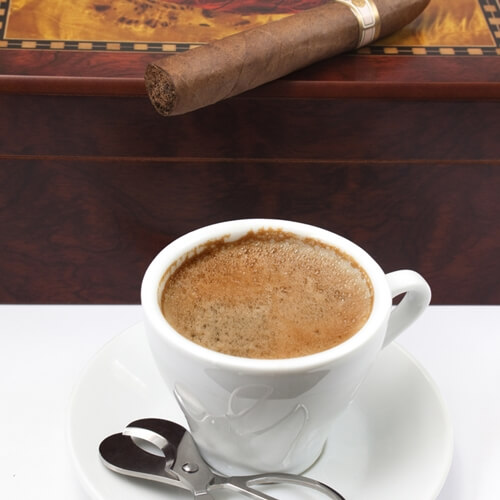Styles of espresso

The popularity of national coffee chains has brought words like latte, macchiato and cappuccino into the American lexicon. However, that Caramel Macchiato being sold at your local Starbucks outpost is much different than what you would get at a coffee bar in the heart of Rome. In order to clear up any confusion, here is a definitive guide to the most popular ways of drinking espresso.
How to drink espresso
Espresso reached its height of popularity in Italy, and thus many of its traditions for consumption are derived from there as well. The following are the most popular traditional preparations of espresso.
- Shot: Either a single or a double, a shot of espresso goes directly from the machine to the customer in under 30 seconds. Any longer and the emulsion of oils that accumulates on top of the espresso, called the crema, will dissolve and the shot will lose its body. There are many possible adjustments that can be made to an espresso shot. It can have more or less water (lungo or stretto) depending on how diluted the customer would like it. It can also be “corrected” (corretto) with the addition of a splash of liquor, usually grappa.
- Macchiato: A traditional macchiato is a shot of espresso with a spot of steamed milk. Macchiato is the word in Italian for marked or stained, and the idea is to stain the shot with steamed milk. However, unlike American macchiatos, the traditional macchiato is always served in the demitasse cups, which have a capacity of 2-3 ounces.
- Cappuccino: Named for the order of monks who are credited with its invention, the cappuccino is made with one-third steamed milk, one-third espresso and one-third foam. These proportions can be adjusted by ordering the cappuccino “wet” (more milk) or “dry” (more foam).
- Latte: One of the most popular drinks for American espresso drinkers, the latte combines either one or two shots of espresso with much more steamed milk and a slight layer of foam. Skilled baristas take advantage of the high milk-to-foam ratio to make designs in the drink, known as latte art.
The espresso has a long history and tradition behind it that is uniquely tied to the Italian culture. Many rules of etiquette are still followed by Italians, such as not drinking espresso with milk after 10 a.m. and offering your guests a shot of espresso after dinner. No matter how you drink it, a knowledge of the traditional preparations of espresso provides great insight into coffee culture.


